- No products in the cart.

Tsitramon claim 10 pcs Table
$0.11
Tsitramon claim 10 pcs Table
Description
Composition
Active substance:
1 tablet contains: Acetylsalicylic acid – 0.24 g caffeine 0.03 g monogidrata- paratsetamola- 0.18 g
Description:
Tablets light brown ploskotsilindricheskie interspersed with cocoa flavor.
Product form:
Tablets.
10 tablets in blisters.
6 or 10 tablets in a contour bezgyachakova packaging.
1, 2, 3, 5 or 10 contour packs together with instructions for use in cardboard packs.
Outlined packaging together with an equal number of instructions for use placed in multipacks.
Contraindications
hypersensitivity; erosive and ulcerative lesions of the gastrointestinal tract (exacerbation); gastrointestinal bleeding; bronchial asthma, urticaria or acute rhinitis provoked ASA or other nonsteroidal antiinflammatory drugs; hemophilia; hemorrhagic diathesis; gipoprotrombinemii; portal hypertension; beriberi K; renal failure; deficiency of glucose-6-phosphate dehydrogenase; severe hypertension; severe coronary heart disease; glaucoma; irritability; sleep disorders; surgery, accompanied by bleeding; children’s age (up to 15 years – the risk of Reye’s syndrome in children with hyperthermia on a background of virus diseases).
Precautions prescribers pripodagre, liver diseases.
Indications
Pain syndrome, mild to moderate severity (different origins): headache, migraine, toothache, neuralgia, myalgia, arthralgia, tuberculosis. feverish syndrome: acute respiratory infections, including the flu.
Interaction with other drugs
Simultaneous application of the preparation “Tsitramon P” enhances the action of: – Heparin – Oral anticoagulants, – reserpine, – steroid hormone – hypoglycemic agents.
Repeated dose preparation “Tsitramon P” paracetamol may enhance the action of anticoagulants (coumarin derivatives).
Simultaneous use of the drug “Tsitramon P” with methotrexate, and nonsteroidal anti-inflammatory drugs increase the risk of side effects.
Simultaneous application of the preparation “Tsitramon P” reduces efficiency: – spironolactone – furosemide, – antihypertensive drugs – protivopodagricakih agents promoting excretion of uric acid.
Simultaneous application of the preparation “Tsitramon P” s – barbiturates, – rifampicin – salicylamide – antiepileptic drugs – other stimulants microsomal oxidation promotes the formation of toxic metabolites of paracetamol affecting the liver function.
Simultaneous treatment with paracetamol and ethanol increases the risk of hepatotoxic effects.
In a joint application of the preparation “Tsitramon P” with metoclopramide, the latter accelerates the absorption of paracetamol.
Under the influence of paracetamol half-life of chloramphenicol increases 5 times.
Caffeine speeds up the absorption of ergotamine.
Overdose
Symptoms in mild poisoning – nausea, vomiting, gastralgia, dizziness, ringing in the ears; severe intoxication – lethargy, drowsiness, collapse, convulsions, bronchospasm, shortness of breath, anuria, bleeding, encephalopathy, coma. Initially, the central leads to hyperventilation dyhatelnomualkalozu (shortness of breath, dyspnea, cyanosis, perspiration). As the intoxication progressive paralysis and respiratory uncoupling of oxidative phosphorylation causes respiratory acidosis.
After a day – two defining characteristics of liver disease (liver failure).
Treatment: gastric lavage, administration of the adsorbent (activated carbon); postoyannyykontrol for acid-base balance and electrolyte balance; depending on the state of metabolism – the introduction of sodium hydrogencarbonate, sodium citrate or sodium lactate. Increased reserve alkalinity increases the excretion of ASA by alkalinization of urine.
pharmachologic effect
Pharmacological group:
Analgesic combined (non-steroidal anti-inflammatory drug means non-narcotic analgesic + + psycho-stimulant).
Pharmacological properties:
Combined preparation.
Pharmacodynamics:
Acetylsalicylic acid (ASA) has antipyretic and antiinflammatory action, reduces pain, especially caused by inflammation, as well as moderately inhibits platelet aggregation and thrombus formation, improves microcirculation in inflammation.
Kofeinpovyshaet reflex excitability of spinal cord stimulates the respiratory and vasomotor centers, dilates blood vessels in skeletal muscle, brain, heart, kidneys, reducing platelet aggregation; It reduces drowsiness, fatigue, enhances mental and physical performance. This combination of caffeine in a small dose substantially no stimulating effect on the central nervous system, but helps to normalize cerebral vascular tone and blood flow acceleration.
Paratsetamolobladaet analgesic, antipyretic and anti-inflammatory effect is very weak, due to its influence on the thermoregulation center in the hypothalamus and mild ability to inhibit the synthesis of prostaglandins in peripheral tissues.
Pharmacokinetics:
Acetylsalicylic acid
At intake absorption complete. During absorption undergoes presystemic elimination in the intestinal wall and system in the liver (deacetylated). Resorbed part is rapidly hydrolyzed cholinesterase albuminesterazoy, so the half-life – no more than 15-20 minutes.
In the body, it is circulating (by 75-90% due to albumin) and distributed in the tissues as salicylic acid anion. Time to maximum concentration – 2 hours.
It is metabolized primarily in the liver with the formation of 4 metabolites detectable in many tissues and urine.
Derived mainly by active secretion into tubules of the kidneys in the form of salicylate (60%) and its metabolites. Excretion of unchanged salicylate depends on pH of urine (when urine alkalization increases ionised salicylates, worsens their excretion and reabsorption significantly increases). The elimination rate is dependent on the dose of: when receiving low-dose half-life – 2-3 hours with increasing dose may be increased up to 15-30 h Neonates elimination salicylates performed significantly slower than in adults..
Paracetamol
Absorption – high, time to maximum concentration is reached after 0.5-2 hours; maximum concentration – 5-20 .mu.g / ml. Relationship to plasma proteins – 15%. It penetrates the blood-brain barrier. Less than 1% of the accepted dose of paracetamol nursing mother enters the breast milk. The therapeutically effective concentration of paracetamol in plasma achieved when administered at a dose of 10-15 mg / kg.
It is metabolized in the liver (90-95%): 80% unreactive conjugation with glucuronic acid and sulphates to inactive metabolites; 17% undergoes hydroxylation to form 8 active metabolites, which is conjugated with glutathione to form already inactive metabolites. With a lack of glutathione, these metabolites may block the enzyme systems of hepatocytes and cause their death. The metabolism of the drug is also involved isoenzyme CYP2E1. T1 / 2 -. 4.1 h excreted by the kidneys as metabolites, mainly conjugates, only 3% in an unmodified form. In elderly patients with reduced clearance of the drug and increases the half-life.
Caffeine
At intake absorption – good happening throughout the intestines. Absorption takes place mainly due to the lipophilic and not water-soluble. Time to maximum concentration – 50-75 minutes after ingestion, maximum concentration – 1.58-1.76 mg / L. Rapidly distributed in all organs and tissues of the body; readily penetrates the blood-brain barrier and placenta. The volume of distribution in adults – 0.4-0.6 l / kg in neonates – 0.78-0.92 l / kg. Communication with the blood protein (albumin) – 25-36%.
Metabolism in the liver is more than 90% in children up to the first years of life – 10-15%. In adults, approximately 80% of the dose of caffeine is metabolized in paraxanthine, about 10% – in theobromine and about 4% – to theophylline. These compounds are subsequently demethylated in monometilksantiny and then methylated uric acid. The half-life in adults – 3.9-5.3 hours (sometimes – up to 10 h), in newborns (4-7 months of life) -. 65-130 h excretion of caffeine and its metabolites is carried out by the kidneys (in unmodified form in adults output 1-2 %, in infants – up to 85%).
Pregnancy and breast-feeding
Tsitramon n is contraindicated in pregnancy (I and III trimester) and lactation ;.
Conditions of supply of pharmacies
Without recipe.
side effects
Allergic reactions (including Steven-Johnson syndrome, toxic epidermal necrolysis), bronchospasm.
On the part of the digestive tract: gastralgia, nausea, vomiting, hepatotoxicity, erosive and ulcerative lesions of the gastrointestinal tract.
From the hematopoietic system: long-term use – reduction of platelet aggregation, hypocoagulation, hemorrhagic syndrome (epistaxis, bleeding gums, and Purpura et al.).
Cardio-vascular system: increased blood pressure, tachycardia.
On the part of the central nervous system: with prolonged use – dizziness, headache, blurred vision, tinnitus, deafness.
From the urinary system: renal toxicity with prolonged use – kidney disease with papillary necrosis.
Perhaps the development of Reye’s syndrome in children (hyperpyrexia, metabolic acidosis, disorders of the nervous system and the part of the psyche, vomiting, abnormal liver function).
special instructions
Prolonged use of the drug requires monitoring of peripheral blood and functional state of the liver.
Since ASA slows blood clotting, the patient, if he is to surgery, doctor should be forewarned of taking the drug.
ASA at low doses reduce the excretion of uric acid. Patients with the predisposition it can in some cases trigger a gout attack.
During treatment should abandon the use of ethanol (increased risk of gastrointestinal bleeding).
ASA has a teratogenic effect; when used in the I trimester leads to congenital malformations – splitting the upper palate; in the III trimester – generic to inhibition activity (inhibition of prostaglandin synthesis), the closure of the ductus arteriosus in the fetus, causing hyperplasia of pulmonary vascular hypertension and in blood vessels of the pulmonary circulation. Excreted in breast milk, which increases the risk of bleeding in a child due to dysfunction of platelets.
1 tablet contains 68 mg of carbohydrates (starch or sugar), which corresponds to 0.0057 bread units (BU). The maximum daily dose (8 tablets) corresponds to 0.0456 XE. This should be considered in patients with diabetes mellitus.
Storage conditions
In a dry place at a temperature not higher than 25 C.
Keep out of the reach of children.
Dosing and Administration
“Tsitramon P” are inside (during or after eating). Adults and children over 15 years 1-2 tablets 2-3 times a day. The interval between doses of the drug should be at least 4 hours. The average daily dose – 3-4 tablets, maximum daily dose – 8 tablets. The course of treatment – no more than 7-10 days.
The drug should not take more than 5 days as an analgesic drug and more than 3 days – antipyretic (without appointment and supervision of a physician). Other dosage and dosage schedule set by your doctor.
Information
Appearance may differ from that depicted in the picture. There are contraindications. You need to read the manual or consult with a specialist
Additional information
| Weight | 0.100 kg |
|---|---|
| Manufacturer | Russia |

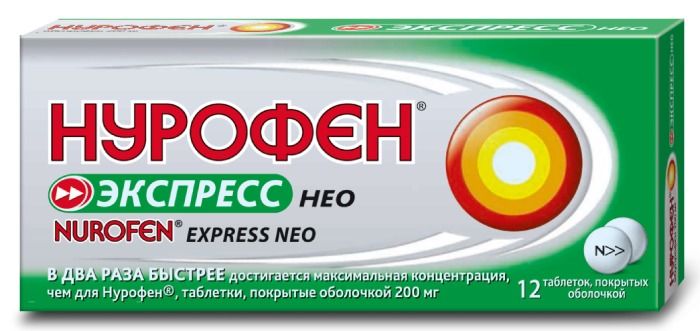
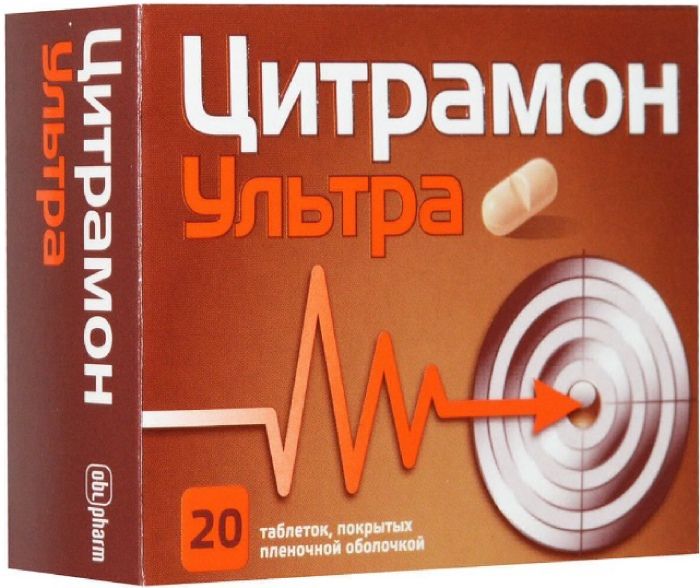
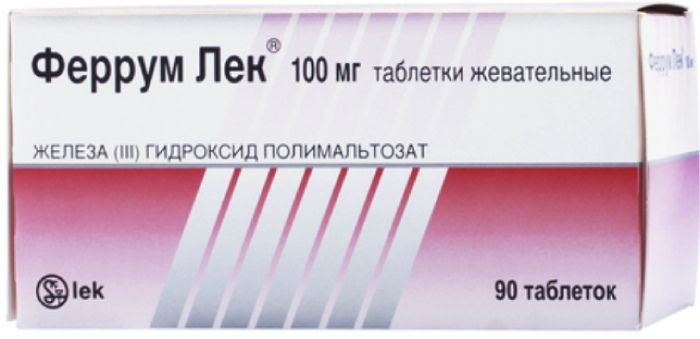
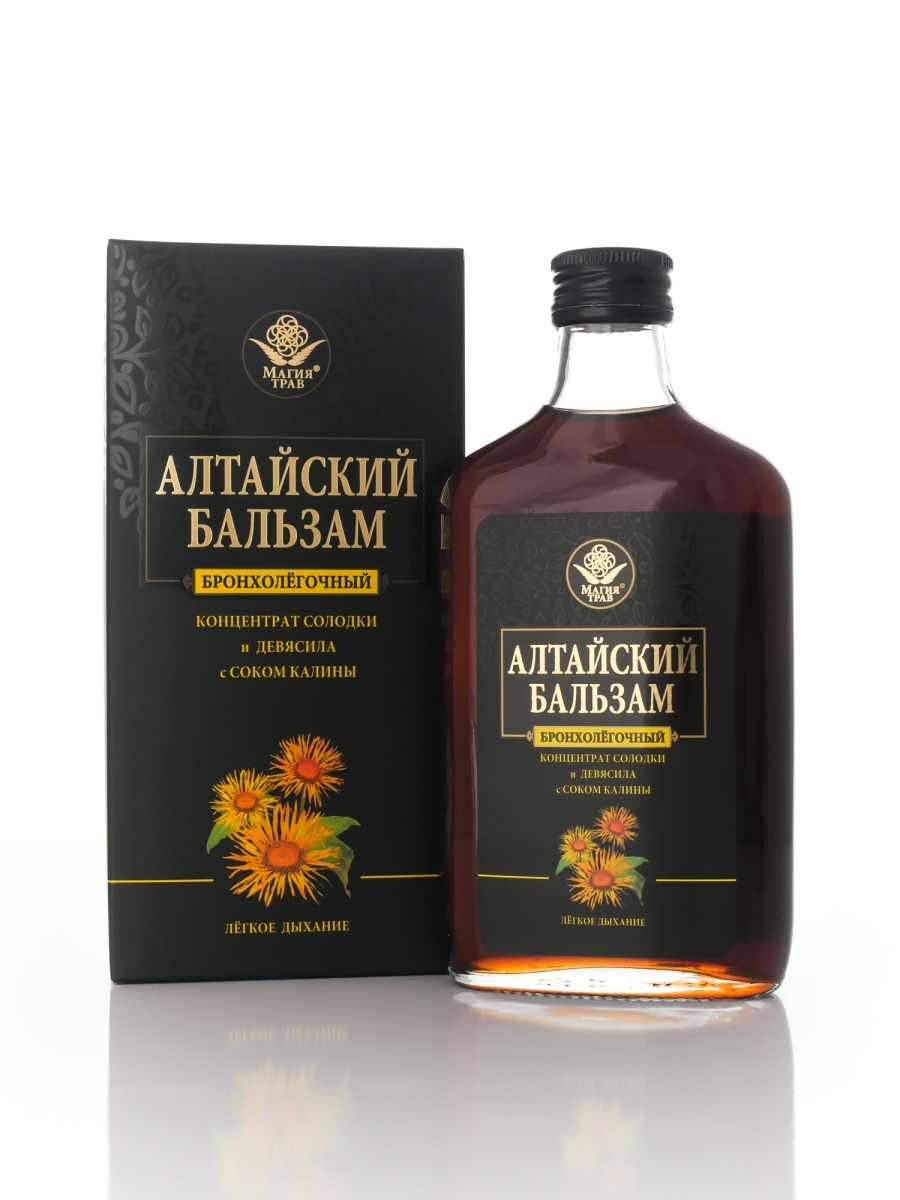
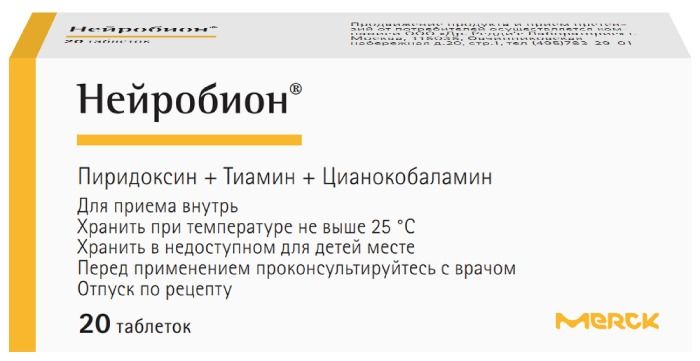
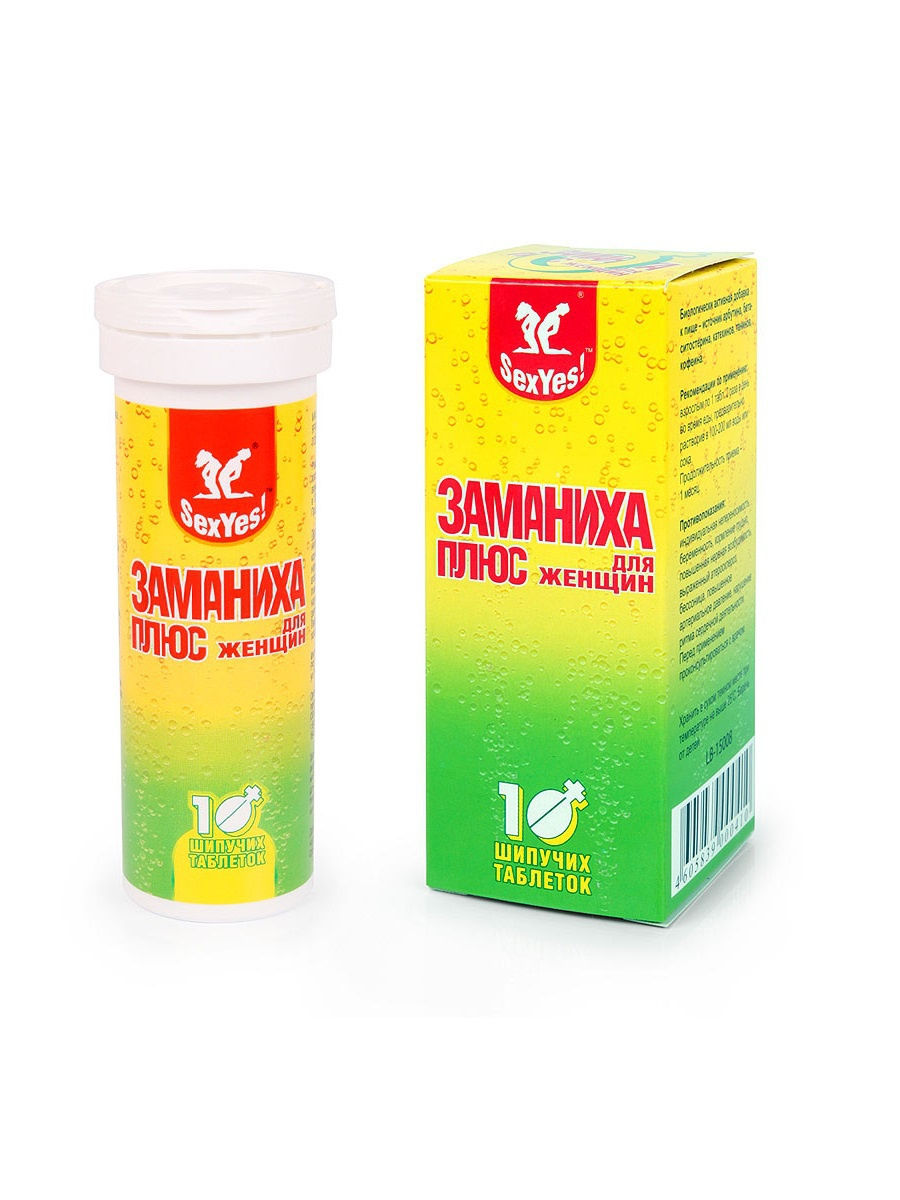
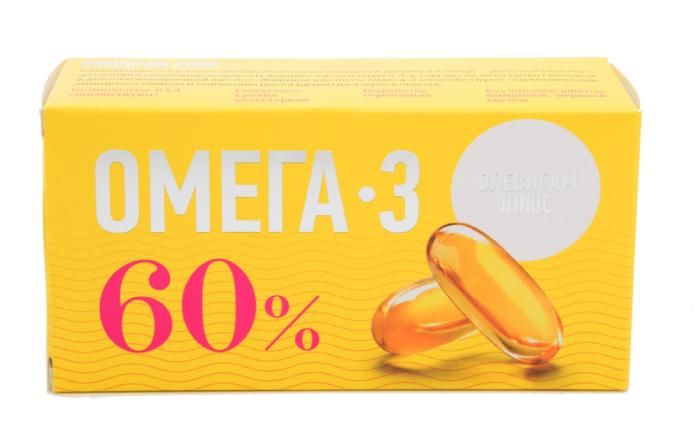
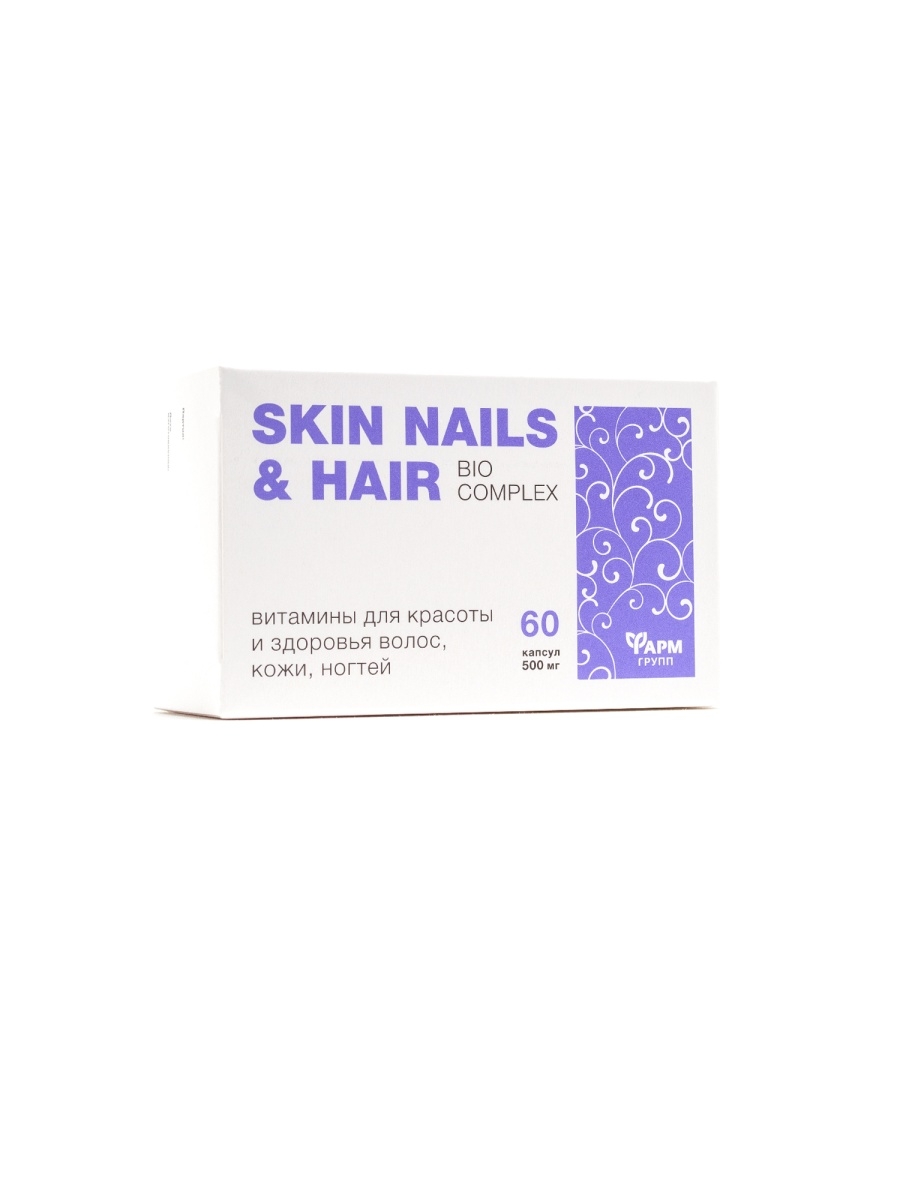




There are no reviews yet.